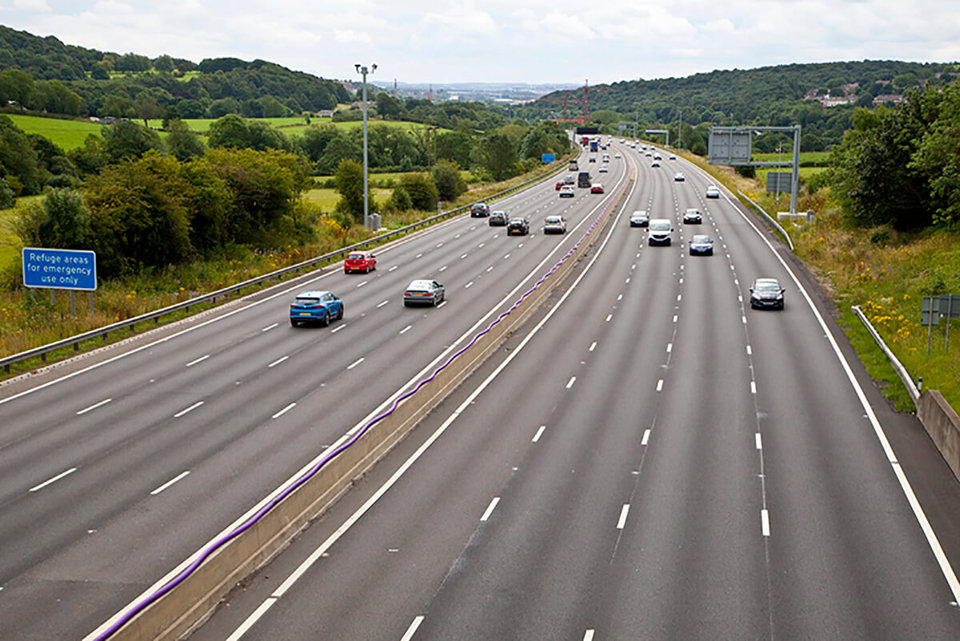The European Union is working towards the ‘Forever Open Road’, one offering improved safety and mobility, fewer traffic jams, and are quieter and cleaner.
Iain Knight, technical lead at the Transport Research Laboratory’s vehicle safety department, told delegates at the ACFO conference that there are three elements being focused on by lead body, the Forum of European National Highway Research Laboratories:
- An adaptable, modular construction, with fixing points for electronic signs and heat sensors to capture energy from the sun. This road would be self-cleaning, durable, easy to repair and have instant crack repair.
- Climate change resilience, including protection from heat and floods, porous surfacing, carbon capture planting and lights/signs powered by captured energy.
- Automation, with hard shoulder running, in-road sensors for lane and speed control, weather warning systems, road condition monitoring and vehicle guidance infrastructure.
The Forever Open Road is intended to tackle global challenges such as climate change, carbon reduction, energy saving, as well as the increasing need for journey time reliability in response to rising demand both for private car travel and the delivery of goods by road. At the same time, it will help meet European goals to provide transport infrastructure that is:
- Safe and secure
- Cleaner, quieter and more energy efficient
- Highly competitive and sustainable
- Provide enhanced mobility
- Based on optimised, efficient seamless systems
The road would adapt to future maintenance, changing capacity demand and vehicle manufacturer needs; it would automatically provide in-built vehicle guidance, as well as travel information and performance measurement; it will be built from sustainable materials; and will harvest, store and use energy, will cope with excess water and temperature change, and will be able to clean and repair itself.
The overall aim would be for roads to be Forever Open, with minimum intervention for repairs and widening or for new installations or for dealing with weather hazards. The key to this new approach will be the adaptable element, formed of prefabricated, upgradable pavement structures that retain long-life regardless of the need for upgrades and interventions. The adaptable element will accommodate the automated and climate change resilient elements.
Phase 1
Concept development – completed
Phase 2
Scoping the research and development – complete by 2011
Phase 3
Development of the three elements – complete by 2013
Phase 4
Demonstration projects and monitoring – 2013 onwards.

















Login to comment
Comments
No comments have been made yet.